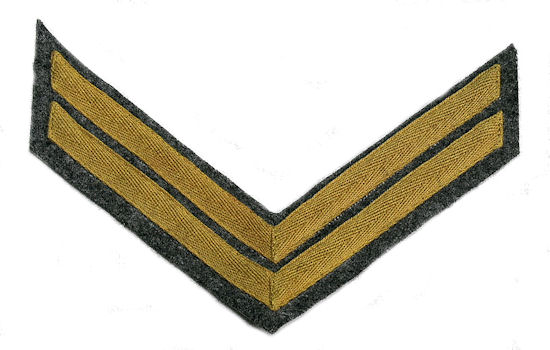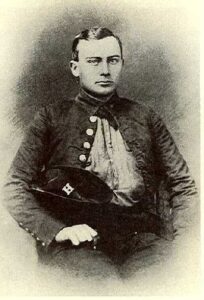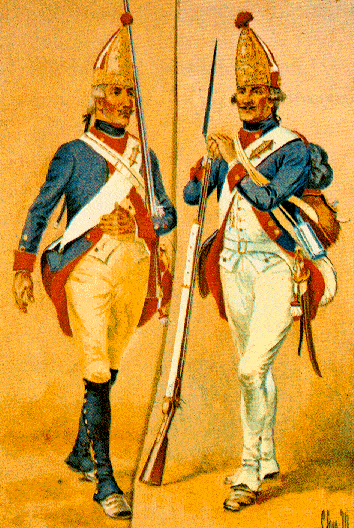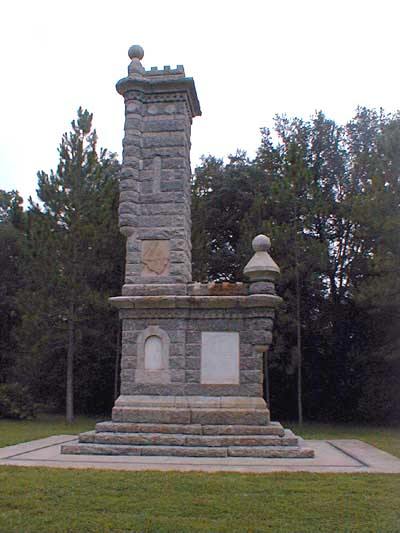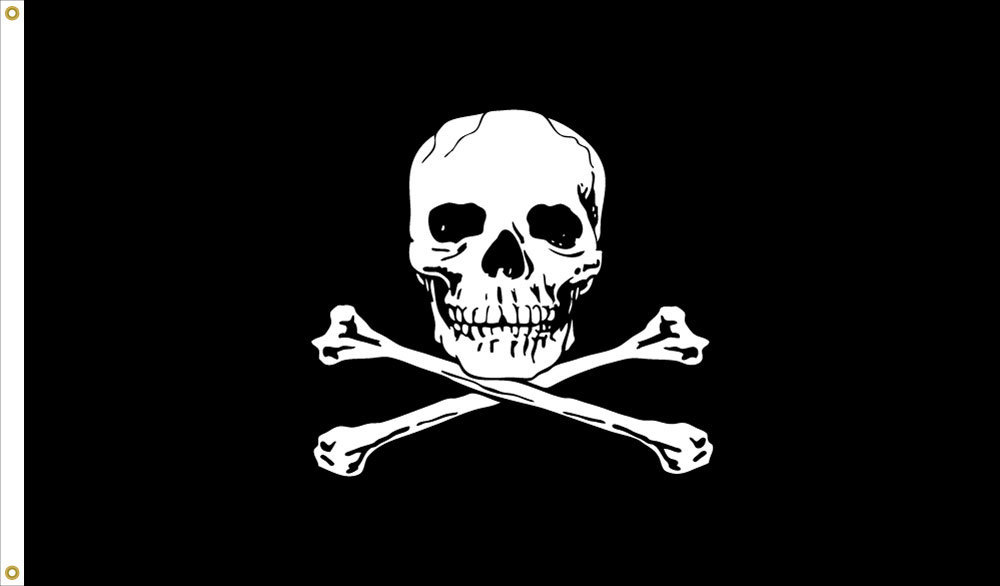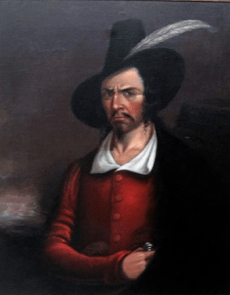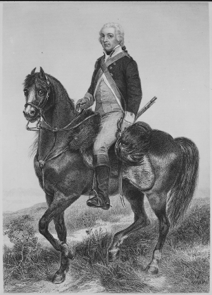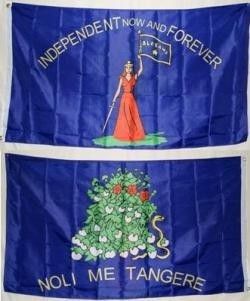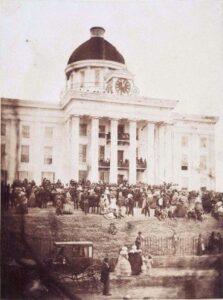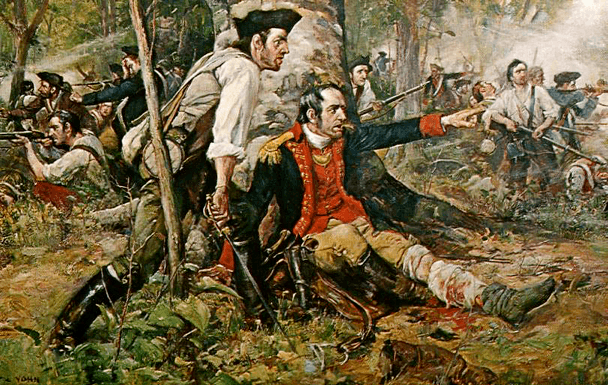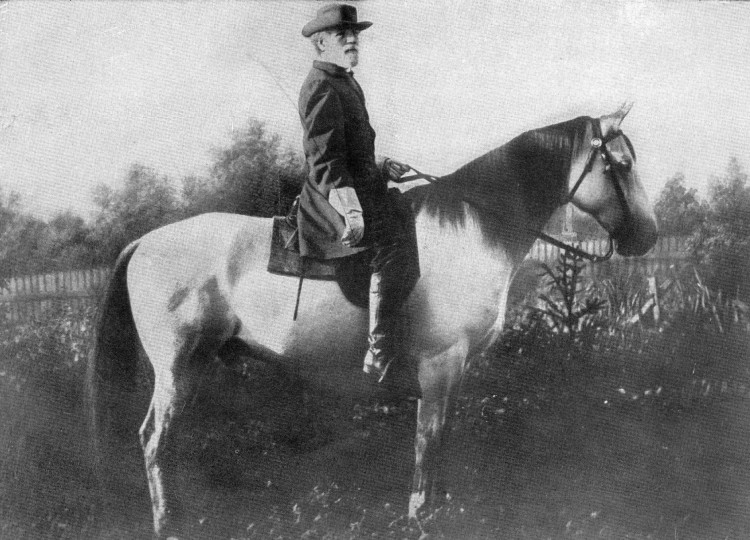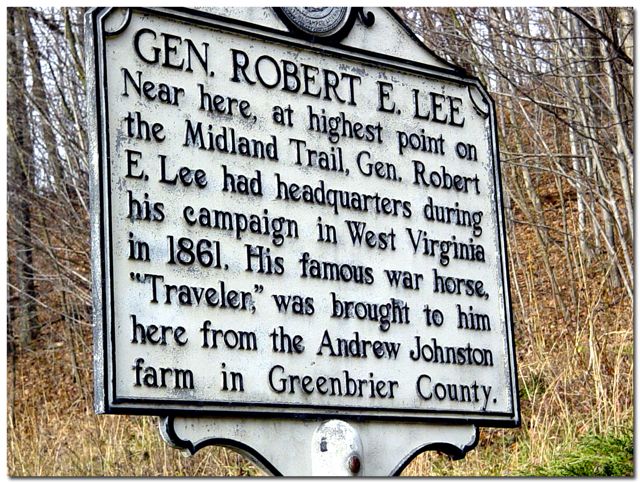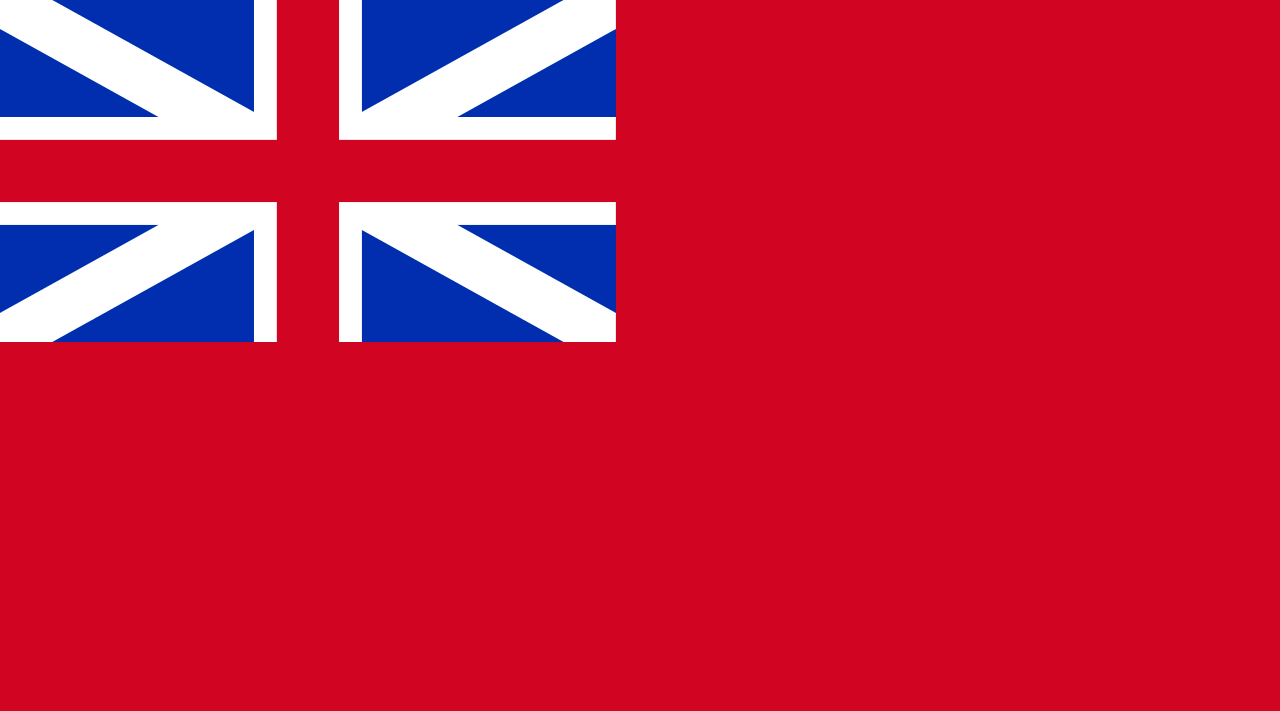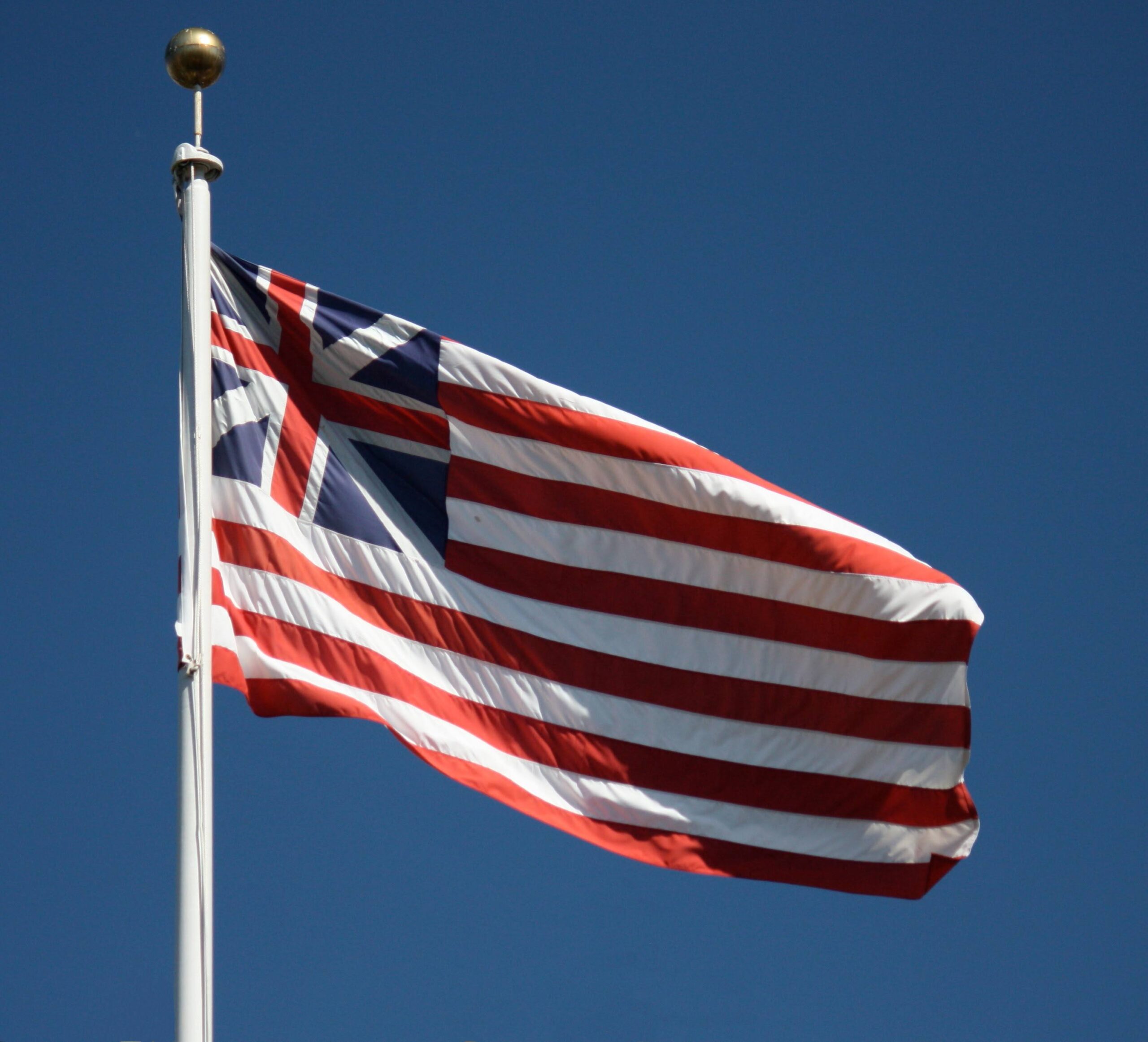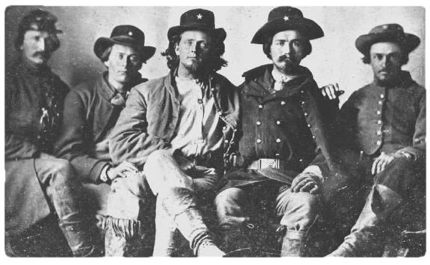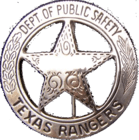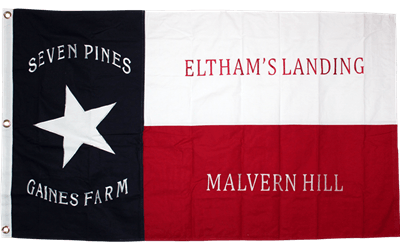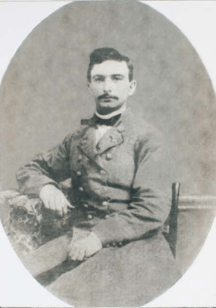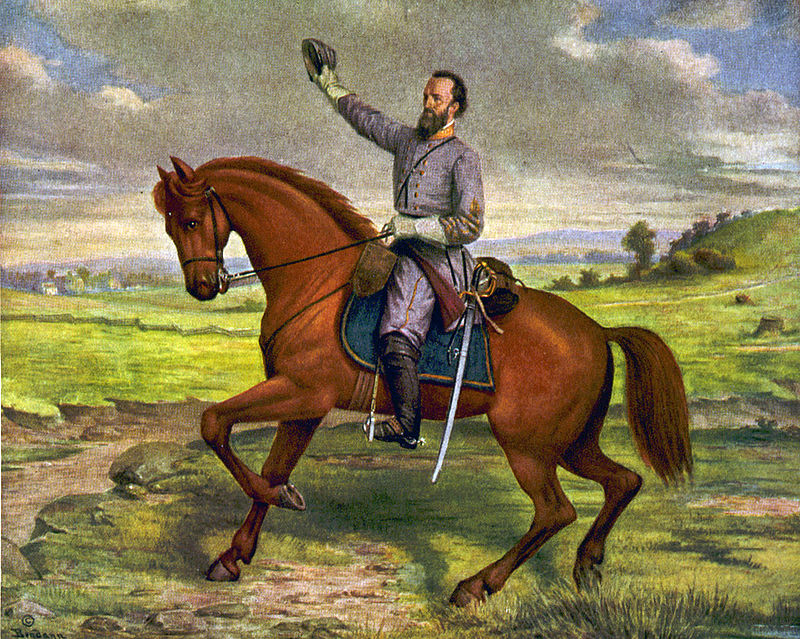
Confederate General Thomas “Stonewall” Jackson is one of the most famous military men in history. He came from tough stock. His great-grandfather was born in England, but fought against the British in the American Revolution. Jackson graduated from West Point in 1846, was a hero in the Mexican American War, and taught at the Virginia Military Institute. Jackson wanted his home state of Virginia to stay in the Union, but when he was called to Confederate service, he was decisive. One of his most outstanding qualities was to be decisive and resolute. He made decisions with no second guessing. No one was better at it.
Jackson also excelled at deception and had the astounding ability to understand terrain and maneuver his army to be at the right place at the right time.
How Jackson got his nickname “Stonewall” is one of the most repeated battlefield stories. The first major battles of the Civil War was First Manassas (Bull Run to the Feds). When he learned the Federal were advancing to try to break the Confederate line he called out, “We will give them the bayonet!” Confederate General Bee saw how the brigade took the shock of battle with great steadiness, and exclaimed, “There is Jackson, standing like a stone wall.” Jackson’s battle style and tactics have influenced war in the 20th century, with its ultra-fast movements and quick strikes. The German blitzkrieg is partially based on Jackson and his style of fighting.
Jackson’s Valley Campaign of 1862 has never been surpassed in the view of many military men, and has been taught in military courses around the world since. One British officer, who taught strategy at a great European college, used this campaign as a model of strategy and tactics, dwelling upon it for several months in his lectures. When Jackson died in 1863, there was the greatest outpouring of grief for a fallen hero in American history. His casket was draped with the Confederate Second National Flag (in fact the first one produced). His death touched every heart and hearth in the South and took away one of their great heroes. Robert E. Lee said, “I have lost my right arm.”
Thanks for reading. Please share our posts with your friends and family so they too can learn more about Southern Heritage and History.
Brought to you by: Ultimate Flags


